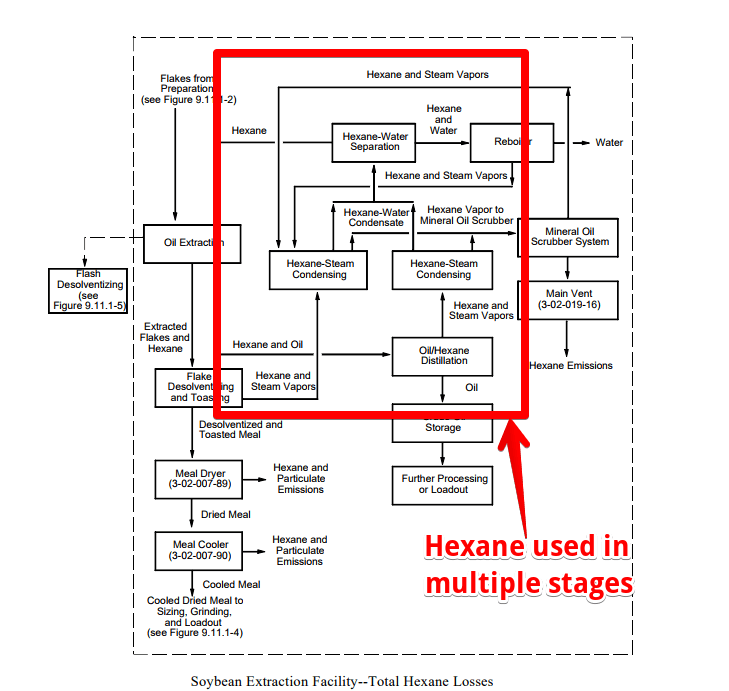How do they turn plants into a concentrated protein powder?
There’s not an obvious answer. But after doing some digging, it’s pretty simple.
Let me break it down.
If you’ve looked at what vegan protein powder is made of, you know that there are 4 main components in most powders:
- A protein isolate – pea, brown rice, hemp, or soy usually
- Nutritional ingredients – flaxseed, chia seeds, or kale to add some nutrition to the powder (optional)
- Flavoring ingredients – “natural flavors”, cocoa powder, vanilla
- Stabilizers – for texture, guar gum, acacia gum, or xanthan gum is added (often a blend)
The ingredients are literally just blended together, there’s nothing special going on there.
It’s worth noting that there’s typically a mix of protein isolates, in order to balance amino acid profiles.
So that leaves one question:
Where does protein isolate come from?
That’s a bit more complicated, but let me try and simplify it.
Table of Contents
How is Vegan Protein Powder Isolate Made?
It starts with a plant, whether it’s peas, rice, hemp, or soybeans.
They all contain, in different proportions, all 3 macronutrients:
- Fats
- Carbohydrates
- Protein
New vegans often turn to plant-based protein powder to help meet protein goals.
But how do they get protein from ingredients like peas? The challenge is to isolate the protein from the fats and carbohydrates, and that’s what this post will cover.
There are multiple ways to do this in a commercial setting. Keep in mind that the goal is near complete protein isolate (>95% by weight). There are some methods that work, but leave too much carbohydrate, so those products (called protein concentrates) are not usually used in protein powders.
Here are the most common methods that are relevant.
Method #1: Solvent extraction – Hexane
This is by far the most controversial method of protein extraction.
In a nutshell, hexane is a solvent used in the extraction process to isolate the protein. However, not all of the hexane can be removed.
Hexane is a chemical neurotoxin, that’s a fact. The debate is around how much of it does there need to be to cause harm.
Short answer: We don’t know yet.
Based on current safety limits, protein powders should be pretty safe.
But if you want to be cautious and avoid it, that’s completely understandable.
Note – Hexane solvent extraction is most commonly used with soybeans, which isn’t used too often in protein powders. Certainly not in high amounts.
If you’re interested in what the actual process looks like, let me try to summarize it.
It’s a complicated process, but you can see that hexane is involved in multiple stages:
Basically, the hexane is passed through soybean flakes, which still have fat and protein in them.
Then, the hexane-oil (fats) and hexane-soybean flake mixtures can be separated.
The hexane in the soybean flakes is mostly removed, as previously mentioned, but not completely removed.
To finish off here, remember that while some bloggers make a huge deal about hexane in protein powders, this is not an extremely common method. If you’re really concerned, get in touch with the company that manufactures your protein powder and see if they use this technique.
Method #2: Ultrafiltration
Ultrafiltration is mostly a mechanical process, meaning that few chemicals are used to extract the protein.
To start with, the plant source is grinded down into a flour, then dissolved in an alkaline solution (slightly basic, pH 9-10). Anything that doesn’t dissolve is removed.
Next, protein precipitates (becomes solid) through acidification, and then separated out using centrifugation. These protein solids are 90-95% protein, which is a great protein isolate.
There are many variations and specific processes based on this general approach. It’s fairly common, doesn’t introduce any health concerns, and is effective.
Method #3: Enzymatic Extraction
The final method I’ll cover uses enzymatic hydrolysis.
There’s 2 parts to this.
First, enzymes are biological catalysts which speed up reactions.
Second, hydrolysis is a type of chemical reaction where something reacts with water. In this case, our legumes, with a separated protein as the product.
It’s trivial to isolate the protein at this point.
This is a relatively slow process, but “clean”, meaning that there’s little risk of damage to any nutrients, and no potentially dangerous chemicals are added.
Summary
Now you have a very good picture of how vegan protein powders are made, start to finish.
What can you do with this knowledge?
Well, you could try to make your own.
Or, you could just be satisfied with knowing more about how your food is made.
You hopefully also understand that the processes used to obtain plant-based protein isolate aren’t always so healthy. So if you’d like to be on the safe side, try to rely a little less on protein powders to meet your nutritional needs.

